Smart homes may be the future, but the price of convenience often comes with more strings attached than you’d expect. Beyond the upfront costs of gadgets and installations, owning a smart home in 2025 can mean unexpected fees, maintenance challenges, and hidden subscriptions that quietly add up. What starts as a sleek, tech-savvy upgrade can quickly become a financial drain if you’re not prepared. Here are 13 hidden costs of owning a smart home that every homeowner should know before diving in.
1. Frequent Software Updates
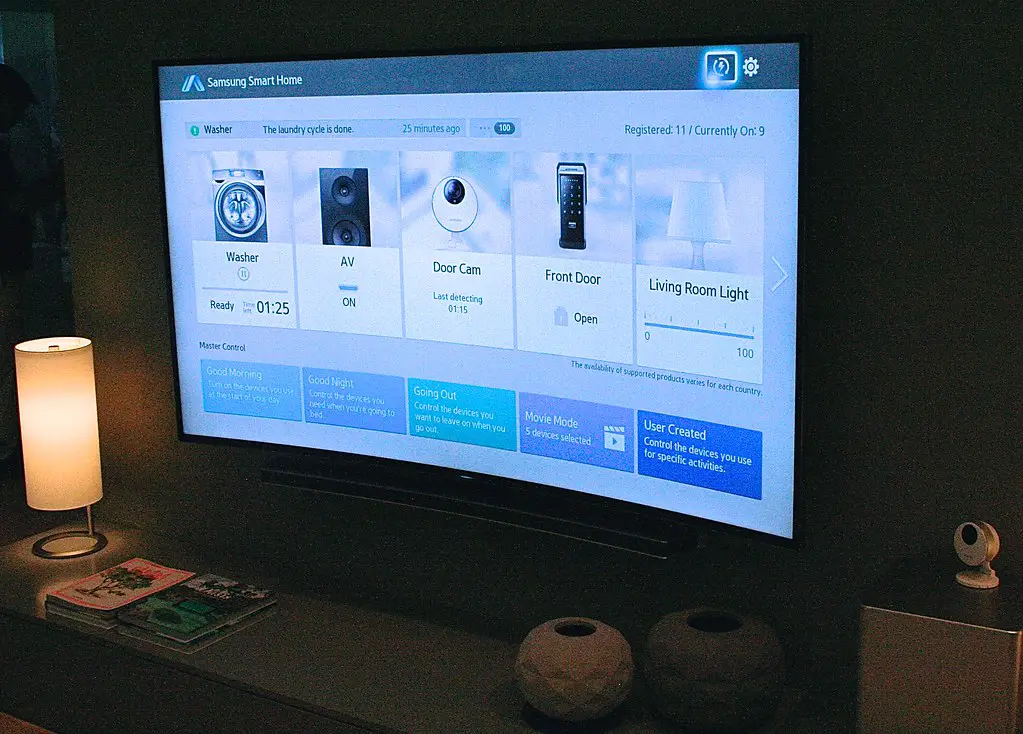
Smart devices require frequent software updates to maintain optimal performance, enhance features, and ensure cybersecurity. While these updates improve functionality, they often come with caveats. Some updates may require users to upgrade to newer hardware, incurring unexpected costs. Skipping updates is risky, as it can leave your devices exposed to cyber threats such as malware or unauthorized access. According to PCMag, outdated software is one of the primary vulnerabilities that hackers exploit. Moreover, these updates sometimes introduce bugs or compatibility issues, further complicating their implementation.
Subscription fees for access to premium updates can also add a recurring expense for homeowners. For instance, a single outdated device could compromise an entire smart home network. Ensuring all devices stay updated requires constant attention, making smart home maintenance more labor-intensive than initially expected. Despite their advantages, these updates underline the hidden complexity of managing a connected home.
2. Higher Energy Bills

Smart home devices are often marketed as energy-efficient, but they can paradoxically lead to higher electricity bills. Devices like smart assistants, security cameras, and hubs remain powered on continuously, drawing energy even when not in active use. Over time, this “vampire energy” consumption can significantly increase utility costs. According to Energy Star, standby power consumption from electronics can account for up to 10% of household energy use.
While smart thermostats and lighting systems aim to reduce energy waste, their energy savings may not always offset the power demands of other always-on devices. Additionally, integrating multiple smart gadgets into a home creates a cumulative power draw that can strain older electrical systems. Investing in energy-efficient models may mitigate some costs, but it adds another upfront expense. The environmental impact of increased electricity consumption is another factor homeowners need to consider. This contradiction makes it vital to weigh the long-term costs and benefits of smart home technology.
3. Costly Repairs and Replacements
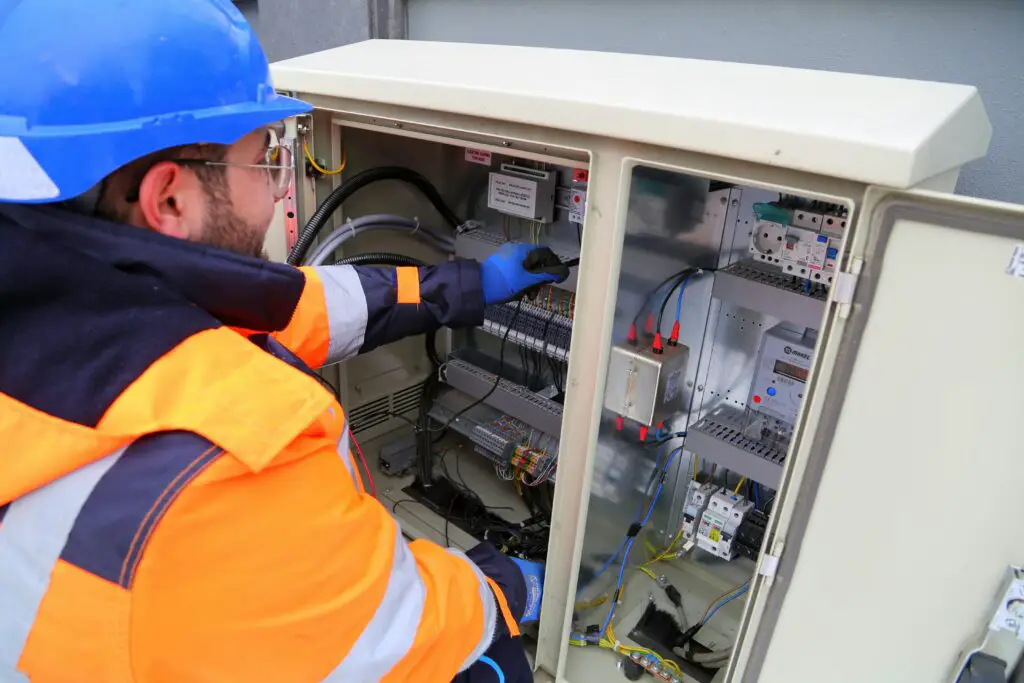
Smart devices often come with advanced features that make them more convenient but also more expensive to repair or replace. Unlike traditional appliances, smart gadgets require specialized knowledge and tools for maintenance, which can inflate repair costs. According to Consumer Reports, many smart devices are designed with limited repairability, making replacement a more likely—and costly—outcome. Warranties for these devices often exclude specific components, leaving homeowners to foot the bill for certain issues.
Additionally, proprietary parts can make repairs time-consuming and expensive, as users may need to rely on the manufacturer for service. This lack of standardization in repair processes contrasts with the durability and ease of fixing older, analog appliances. Frequent updates or changes in technology can also render certain devices obsolete, forcing replacements sooner than anticipated. The combination of specialized repair costs and shorter lifespans means smart home devices can become an ongoing financial burden.
4. Subscription Fees for Premium Features

While smart home devices typically include basic functionality, many advanced features are locked behind subscription paywalls. Services such as enhanced security monitoring, cloud storage, and advanced automation often require monthly or annual fees. Over time, these subscriptions can rival or even exceed the cost of the devices themselves. According to Forbes, subscription-based models are becoming increasingly common in the tech industry, creating ongoing expenses for consumers. While these features enhance convenience and security, they also create a dependency on continuous payments.
Canceling a subscription often results in losing access to key functionalities, diminishing the value of the device. For families with multiple smart gadgets, the cumulative cost of subscriptions can strain household budgets. Moreover, switching to alternative services may not always be possible due to compatibility issues, further limiting consumer choice. This financial commitment is a critical consideration for anyone adopting smart home technology.
5. Upgrades to Older Systems

As technology advances at a rapid pace, older smart home devices can quickly become outdated or incompatible with new platforms. This creates a cycle where homeowners are forced to replace functioning devices with newer models in order to maintain compatibility. According to CNET, this phenomenon, often referred to as planned obsolescence, can make it difficult to keep a smart home system up-to-date without continuous investment. Over time, even high-quality devices may be left behind as manufacturers release more advanced models that are not backward compatible. This can lead to unexpected costs as users are pressured to upgrade, even if their existing systems are still operational.
The constant evolution of smart home technology means that staying current with the latest gadgets is often necessary, but it’s an expensive commitment. This also leads to the frustration of dealing with devices that no longer integrate smoothly, forcing homeowners to find costly workarounds or replacements. As newer devices introduce more sophisticated features, those with older systems may feel left out or at a technological disadvantage. While upgrades may enhance functionality, the associated costs can build up, making it difficult to justify the continuous financial outlay. Smart home users must weigh the value of staying up-to-date against the ongoing expenses of upgrading their systems.
6. Cybersecurity Investments

With the increasing integration of smart devices in our homes, cybersecurity has become an essential investment. Smart homes are prime targets for hackers due to the vast amount of personal data they collect and store. These vulnerabilities often require additional layers of protection, such as firewalls, virtual private networks (VPNs), and professional monitoring services, to safeguard against unauthorized access. Vulnerabilities in poorly secured smart devices have been exploited to create massive botnets or breach sensitive personal data. Without proper safeguards, homeowners may be exposed to identity theft, data breaches, or even physical security risks.
Many smart devices, such as security cameras and door locks, can be remotely accessed by malicious actors if not properly secured, putting both personal information and home security at risk. To combat these threats, experts recommend continuous monitoring and timely security patches, adding yet another layer of ongoing costs. The need for robust cybersecurity also means that homeowners may need to invest in regular security audits or hire professionals to ensure their systems are safe from evolving threats. In addition, users must stay informed about new vulnerabilities and apply necessary updates immediately to avoid exploitation. The importance of investing in cybersecurity cannot be overstated, as neglecting it can have devastating consequences for the security and privacy of your home.
7. Increased Insurance Premiums
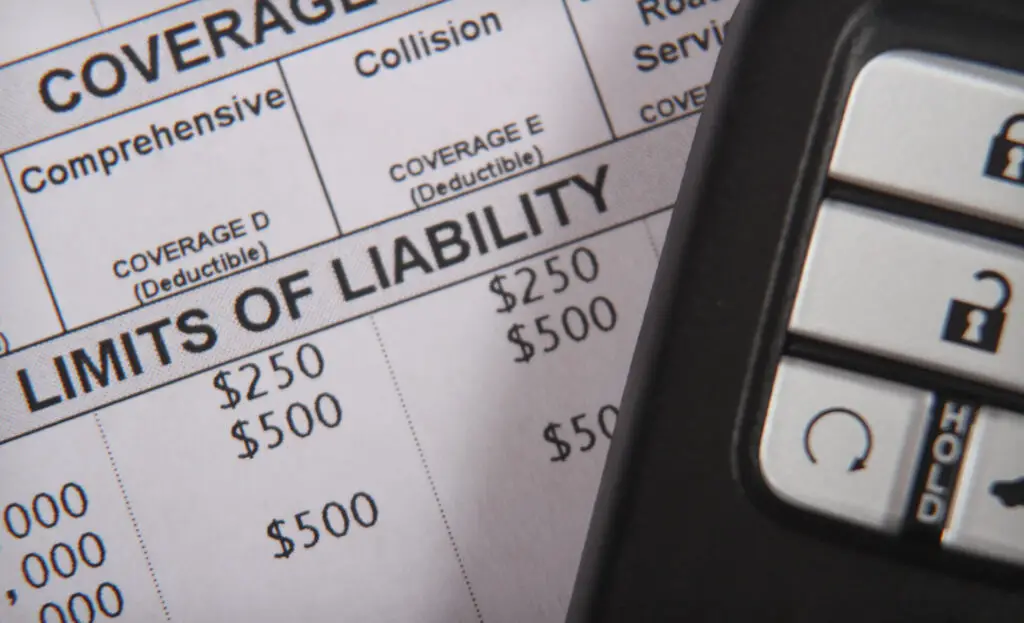
The introduction of smart home technology into residential properties can sometimes lead to higher insurance premiums. Many homeowners are unaware that their insurance providers may view certain smart devices, especially those related to home security, as potential liabilities if they are not correctly configured or maintained. Some insurers may require additional coverage for smart devices due to their susceptibility to cyberattacks or technical malfunctions. This additional coverage can lead to higher premiums, as insurers factor in the increased risk of damage or loss related to connected devices.
For instance, if a smart thermostat fails and causes a fire, or if a security camera system is hacked and compromised, the insurance policy may not fully cover the damages unless special clauses are added. In some cases, smart home insurance policies may exclude coverage for certain device-related incidents altogether, leaving homeowners without adequate protection. To mitigate these risks, some insurers may recommend installing specific types of devices or using devices with higher security ratings, further raising costs.
8. Complex Installation Costs
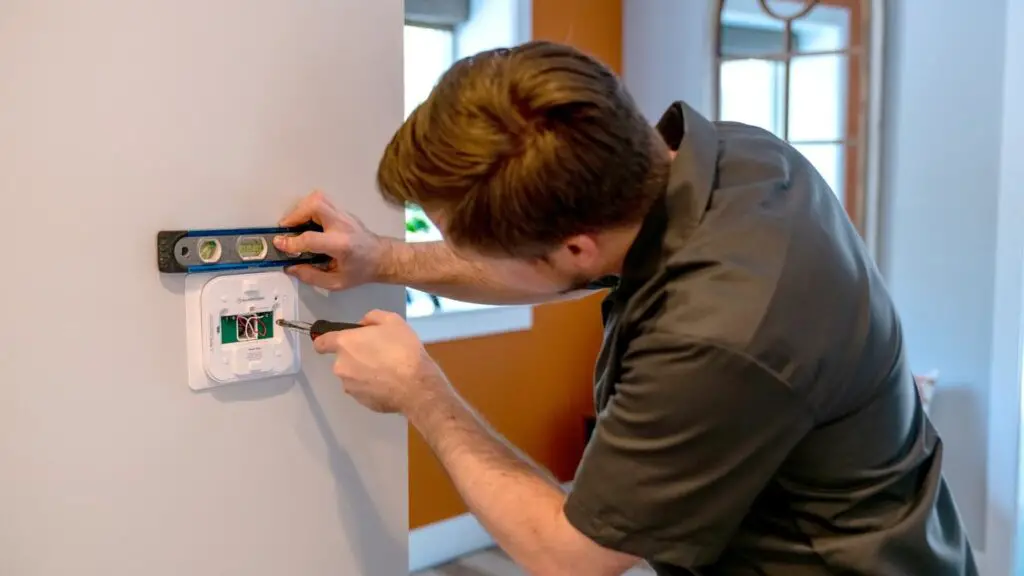
Setting up a fully integrated smart home system is far from a simple, DIY-friendly project. For many homeowners, the installation of smart devices requires professional assistance, which can significantly increase the overall cost. This is especially true for larger homes, where the complexity of connecting various devices across multiple rooms or floors requires expertise. While basic devices like smart bulbs or speakers can be installed by homeowners themselves, more sophisticated systems, such as security cameras, smart thermostats, and home automation hubs, often require professional installation.
Professional installers must ensure that all devices are configured correctly, integrated seamlessly, and working in harmony with each other, which can take considerable time and effort. Additionally, these experts may charge premium rates for their services, especially if they need to retrofit the home to accommodate advanced systems. The total installation cost can quickly add up, particularly for homes that require a high degree of customization or specialized equipment. While some homeowners may feel that they can save money by tackling installation themselves, the potential for errors or incompatibility issues makes professional help a worthwhile expense. Ultimately, the need for specialized installation can be a hidden cost that many overlook when considering a smart home.
9. Short Lifespan of Devices

Despite their high-tech features, many smart devices have a relatively short lifespan compared to traditional home appliances. The rapid pace of innovation means that gadgets quickly become outdated, and many smart devices are designed to be replaced every few years. This short lifespan is often due to planned obsolescence, where manufacturers intentionally design devices with a limited useful life to encourage consumers to upgrade. In addition, the software required to run smart devices evolves rapidly, and older models may no longer be supported or compatible with newer technologies.
As a result, homeowners may find themselves repeatedly replacing devices that are still functional but no longer meet the requirements of their growing smart home systems. This cycle of constant upgrading can be expensive, as each new device brings a fresh set of costs for purchase, installation, and setup. Additionally, the environmental impact of frequently discarding outdated electronics is another important factor to consider. The quick obsolescence of smart home technology, combined with the costs of upgrading, can make maintaining a smart home an ongoing financial commitment.
10. Dependency on Internet Connectivity
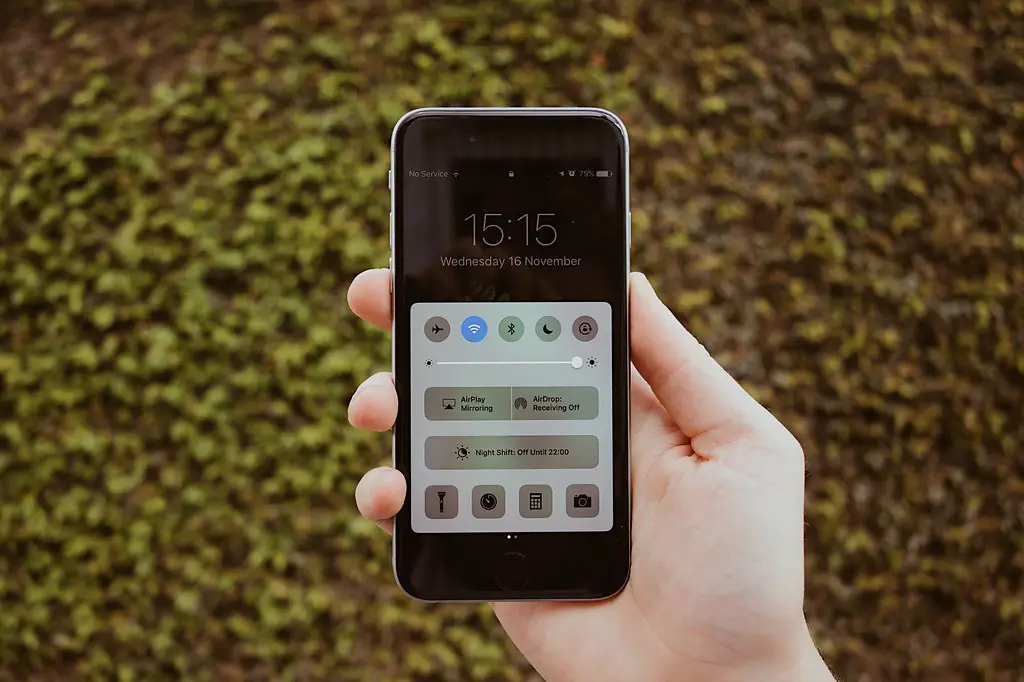
A smart home system is only as good as the internet connection it relies on, which means that weak or unreliable internet service can severely limit functionality. Devices that depend on cloud computing, such as voice assistants, smart locks, and surveillance cameras, require a stable and high-speed internet connection to function properly. Even the slightest internet disruption can lead to delays, malfunctions, or a complete breakdown of the system. For homeowners with slower or less reliable internet, upgrading to a faster service may be necessary to maintain smooth operation.
This upgrade often involves additional monthly costs and may require the purchase of new equipment, such as routers or signal boosters, to ensure coverage throughout the home. Without a strong internet connection, the convenience and functionality of a smart home can be severely compromised, making it crucial to invest in a robust internet infrastructure. For some users, this dependency on constant connectivity is a significant drawback, especially in areas where internet service is limited or prone to outages. Moreover, the costs of maintaining an upgraded internet plan and hardware can add to the overall expenses of owning a smart home.
11. Hidden Data Costs
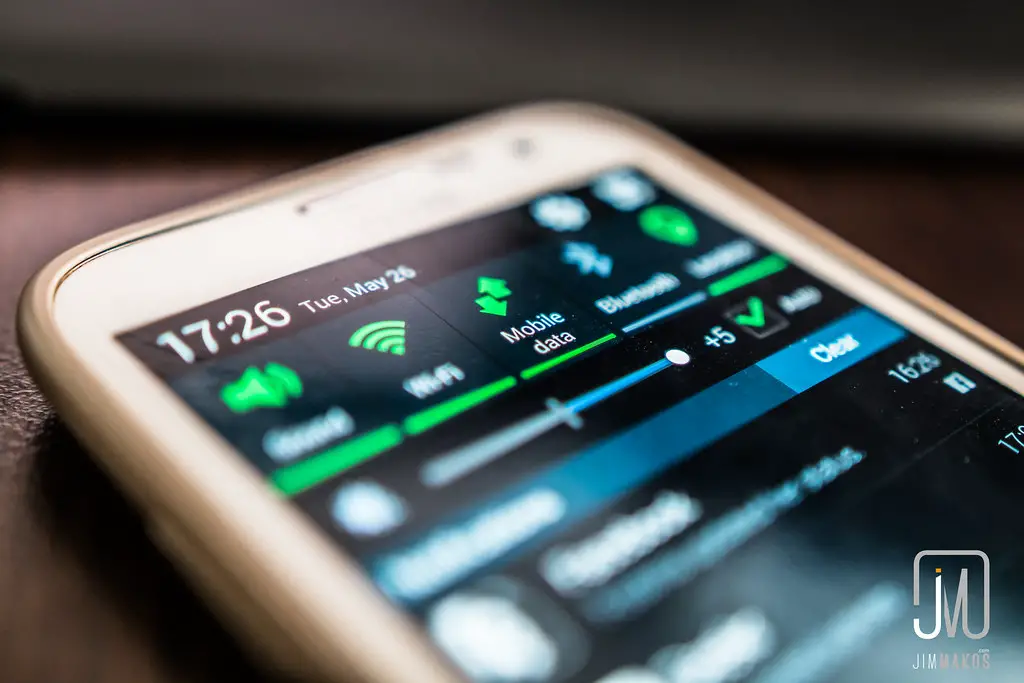
Many smart devices send and receive large amounts of data, which can sometimes exceed the data limits included in your internet plan. This can lead to unexpected costs as you face overage charges from your internet provider. The more devices you add to your smart home, the more data is consumed, especially if they are streaming video, such as security cameras or smart TVs. These devices often require continuous data transfers to function properly, and when they surpass your plan’s data allowance, you may find yourself paying extra for the overages. Some internet providers may even throttle your connection, slowing down your internet speeds, if usage spikes significantly due to data-heavy smart devices.
For homeowners with multiple smart gadgets running simultaneously, such as voice assistants, streaming services, and cameras, these additional costs can add up quickly. To avoid surprise charges, many consumers opt for higher-tier internet plans with larger data allowances, which can significantly increase monthly costs. Additionally, some smart devices may require cloud storage for data backups, which may come with extra fees if the device exceeds its free storage limit. If you’re not careful about monitoring your data usage, you could find yourself facing frequent and costly surprises in your monthly bill. Ultimately, the hidden data costs associated with smart homes can compound over time, especially for large households with numerous connected devices.
12. Vulnerability to Power Outages

Smart homes rely heavily on electricity, and if there’s a power outage, many of the systems and devices you’ve come to depend on could stop working. The inconvenience of a power outage can be particularly frustrating when smart devices, such as security systems, lighting, and climate control, cease to function. A loss of power can disrupt a smart home’s ability to maintain security and comfort, as most of these systems depend on a continuous electricity supply. While traditional, non-smart devices like manual locks and analog thermostats continue to work without electricity, smart devices require backup power solutions.
Many homeowners invest in backup generators or battery systems to keep their homes running during power outages, but these solutions come with significant upfront costs. Additionally, backup systems require ongoing maintenance and occasional replacements, adding to the overall expense. Depending on the size of your home and the complexity of your smart home setup, the power demands for a generator or battery backup can increase the cost of maintaining your system.
13. Compatibility Issues Across Brands

One of the most significant challenges of owning a smart home is ensuring that all devices work together seamlessly. Not all smart devices are compatible with one another, particularly when they come from different manufacturers or use different platforms. Compatibility issues can arise when trying to integrate various brands or ecosystems, such as Google, Amazon, and Apple, into one unified system. These systems often require specific hubs or software to allow different devices to communicate, and even then, the integration may not be flawless. Homeowners may find themselves purchasing additional hubs, bridges, or software licenses to make their devices work together, which increases both the complexity and the cost of maintaining the system.
The need to purchase additional tools or systems to bridge compatibility gaps can quickly add to the overall expense of setting up and maintaining a smart home. In some cases, devices may simply not work well together, causing frustration for users who expect seamless integration. The lack of universal standards in the smart home market means that compatibility issues are a common headache for homeowners, making it difficult to create a cohesive system without incurring extra costs. The complexity of integrating various devices and platforms into a single smart home experience can thus make it challenging and costly for homeowners to fully realize the benefits of connected living.
